Opeoluwa Owoyele
A Competitive Learning Approach for Specialized Models: A Solution for Complex Physical Systems with Distinct Functional Regimes
Jul 21, 2023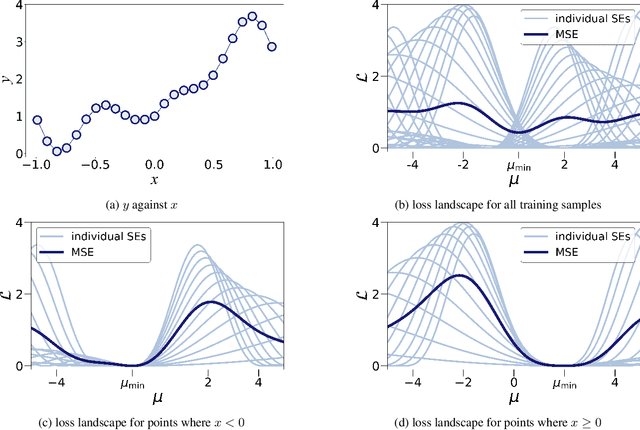
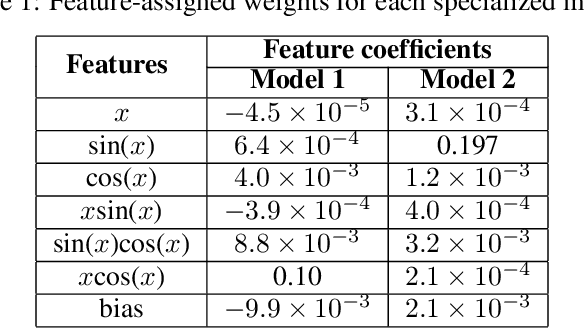
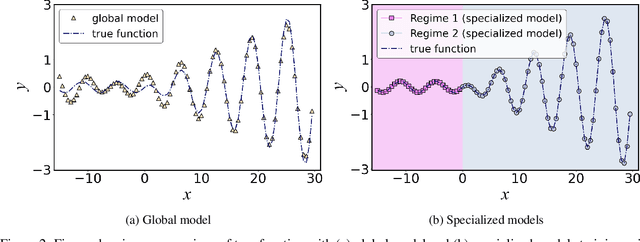
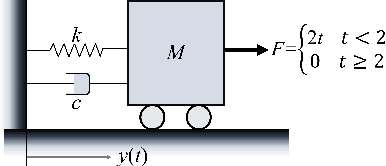
Abstract:Complex systems in science and engineering sometimes exhibit behavior that changes across different regimes. Traditional global models struggle to capture the full range of this complex behavior, limiting their ability to accurately represent the system. In response to this challenge, we propose a novel competitive learning approach for obtaining data-driven models of physical systems. The primary idea behind the proposed approach is to employ dynamic loss functions for a set of models that are trained concurrently on the data. Each model competes for each observation during training, allowing for the identification of distinct functional regimes within the dataset. To demonstrate the effectiveness of the learning approach, we coupled it with various regression methods that employ gradient-based optimizers for training. The proposed approach was tested on various problems involving model discovery and function approximation, demonstrating its ability to successfully identify functional regimes, discover true governing equations, and reduce test errors.
An automated machine learning-genetic algorithm (AutoML-GA) approach for efficient simulation-driven engine design optimization
Jan 07, 2021


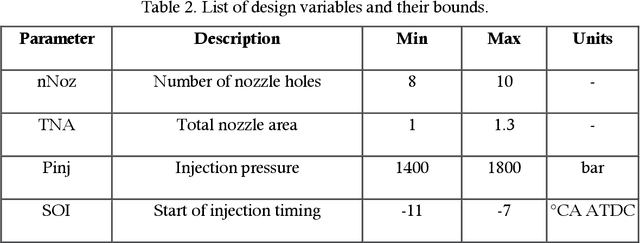
Abstract:In recent years, the use of machine learning techniques as surrogate models for computational fluid dynamics (CFD) simulations has emerged as a promising method for reducing the computational cost associated with engine design optimization. However, such methods still suffer from drawbacks. One main disadvantage of such methods is that the default machine learning hyperparameters are often severely suboptimal for a given problem. This has often been addressed by manually trying out different hyperparameter settings, but this solution is ineffective in a high-dimensional hyperparameter space. Besides this problem, the amount of data needed for training is also not known a priori. In response to these issues which need to be addressed, this work describes and validates an automated active learning approach for surrogate-based optimization of internal combustion engines, AutoML-GA. In this approach, a Bayesian optimization technique is used to find the best machine learning hyperparameters based on an initial dataset obtained from a small number of CFD simulations. Subsequently, a genetic algorithm is employed to locate the design optimum on the surrogate surface trained with the optimal hyperparameters. In the vicinity of the design optimum, the solution is refined by repeatedly running CFD simulations at the projected optimum and adding the newly obtained data to the training dataset. It is shown that this approach leads to a better optimum with a lower number of CFD simulations, compared to the use of default hyperparameters. The developed approach offers the advantage of being a more hands-off approach that can be easily applied by researchers and engineers in industry who do not have a machine learning background.
A novel machine learning-based optimization algorithm (ActivO) for accelerating simulation-driven engine design
Jan 04, 2021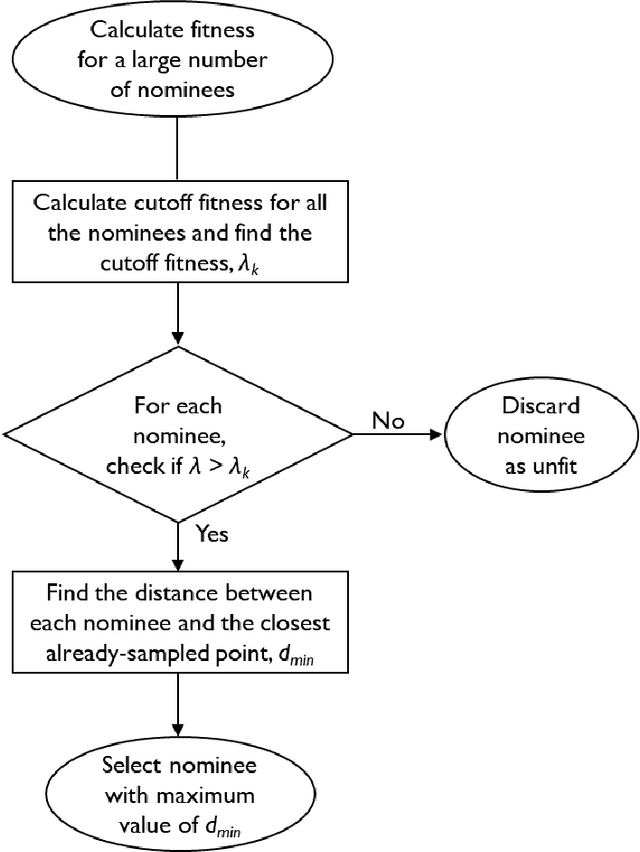

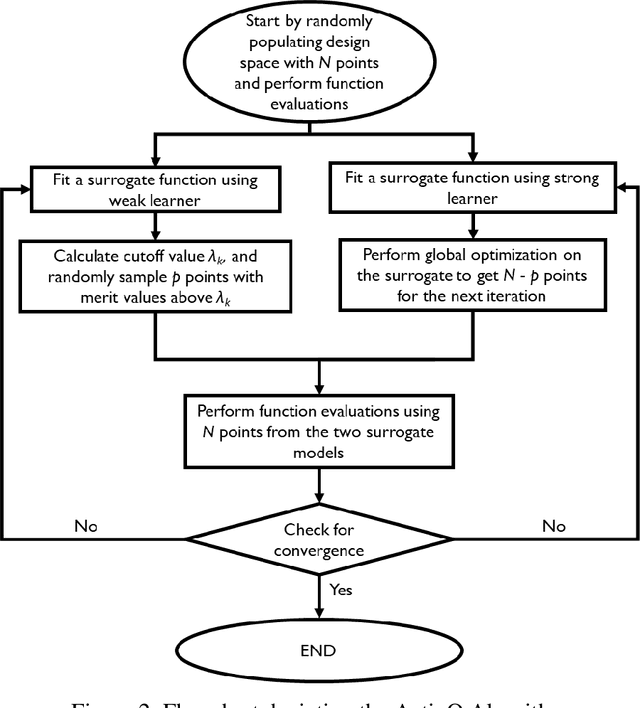

Abstract:A novel design optimization approach (ActivO) that employs an ensemble of machine learning algorithms is presented. The proposed approach is a surrogate-based scheme, where the predictions of a weak leaner and a strong learner are utilized within an active learning loop. The weak learner is used to identify promising regions within the design space to explore, while the strong learner is used to determine the exact location of the optimum within promising regions. For each design iteration, exploration is done by randomly selecting evaluation points within regions where the weak learner-predicted fitness is high. The global optimum obtained by using the strong learner as a surrogate is also evaluated to enable rapid convergence once the most promising region has been identified. First, the performance of ActivO was compared against five other optimizers on a cosine mixture function with 25 local optima and one global optimum. In the second problem, the objective was to minimize indicated specific fuel consumption of a compression-ignition internal combustion (IC) engine while adhering to desired constraints associated with in-cylinder pressure and emissions. Here, the efficacy of the proposed approach is compared to that of a genetic algorithm, which is widely used within the internal combustion engine community for engine optimization, showing that ActivO reduces the number of function evaluations needed to reach the global optimum, and thereby time-to-design by 80%. Furthermore, the optimization of engine design parameters leads to savings of around 1.9% in energy consumption, while maintaining operability and acceptable pollutant emissions.
The Stabilized Explicit Variable-Load Solver with Machine Learning Acceleration for the Rapid Solution of Stiff Chemical Kinetics
May 24, 2019



Abstract:Numerical solutions to differential equations are at the core of computational fluid dynamics calculations. As the size and complexity of the simulations grow, so does the need for computational power and time. Solving the equations in parallel can dramatically reduce the time to solution. While traditionally done on CPUs, unlocking the massive number of computational cores on GPUs is highly desirable. Many efforts have been made to implement stiff chemistry solvers on GPUs but have not been highly successful because of the logical divergence in traditional stiff algorithms like CVODE or LSODE. This study will demonstrate a machine learned hybrid algorithm implemented in TensorFlow for stiff problems and the speed gains relative to the traditional LSODE solver used in the Multiphase Flow with Interphase eXchanges (MFiX) Computational Fluid Dynamics (CFD) code. The results will show a dramatic decrease in total simulation time while maintaining the same degree of accuracy.
 Add to Chrome
Add to Chrome Add to Firefox
Add to Firefox Add to Edge
Add to Edge